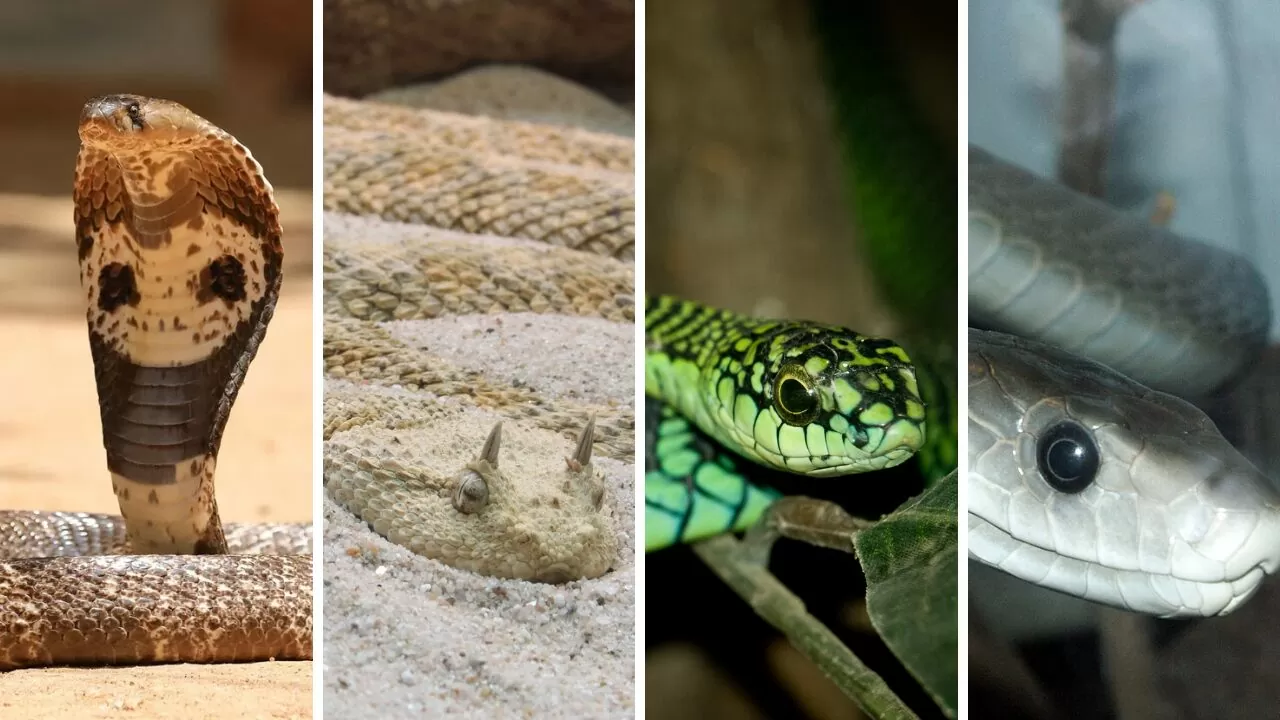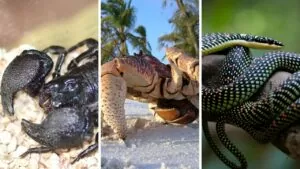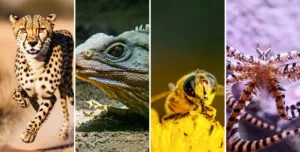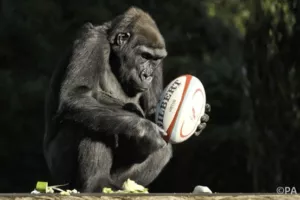These dangerous snakes pose various threats: biting, squeezing, bone-crushing, suffocation, kidney failure, muscle and nerve damage, excessive bleeding, cardiac arrest, paralysis, and potential hypnotization. Their capabilities even extend to swallowing and digesting prey alive. Can you identify these perilous snake species?
Yeap, these are the snakes.
Trying to rank snakes by the danger they pose is a bit challenging. The ranking is not only determined by the strength of the snake venom but also by the injected quantity, the aggressiveness of the snake, its size and power, its proximity to inhabited centers or tourist routes, and last but not least, the availability of speedy medical treatment.
With the above disclaimer in mind, here are the 10 most dangerous snakes on the planet:
10. Garter Snake (Thamnophis spp.) – smelly danger
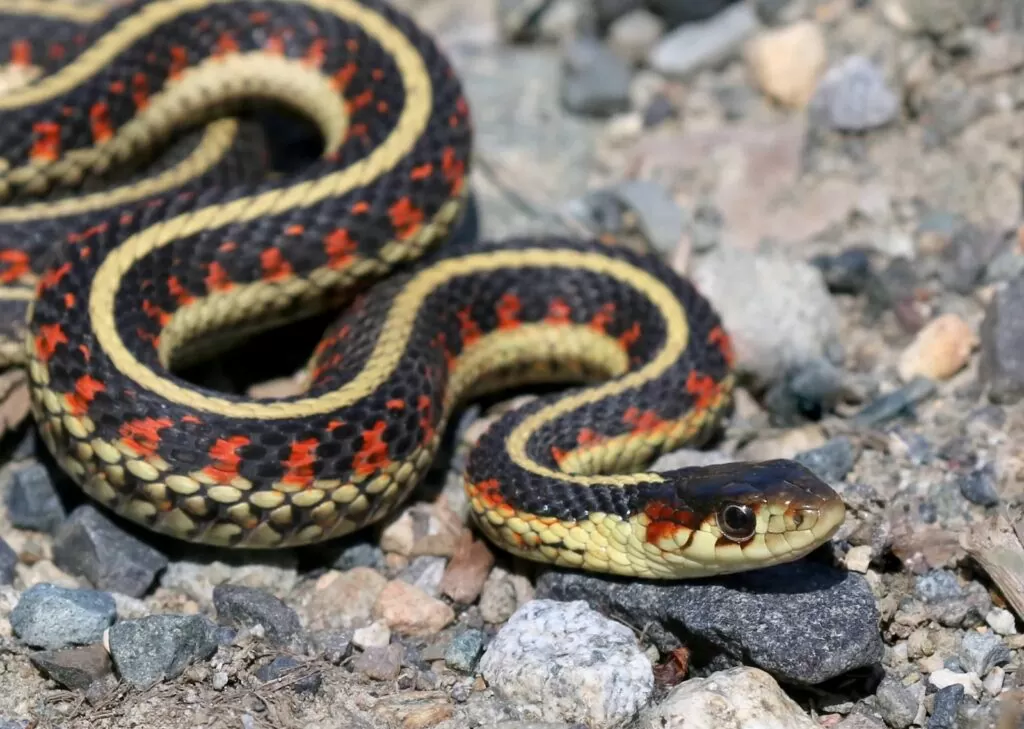
This is a small to medium-sized (50 centimeters to 1 meter) slender-built snake, native to Central and North America. The venom of the Garter snake is not dangerous to humans; however, before venturing a venomous attack, the snake will discharge a foul-smelling musk through their postanal glands.
9. Horned Viper (Vipera ammodytes)—horned death
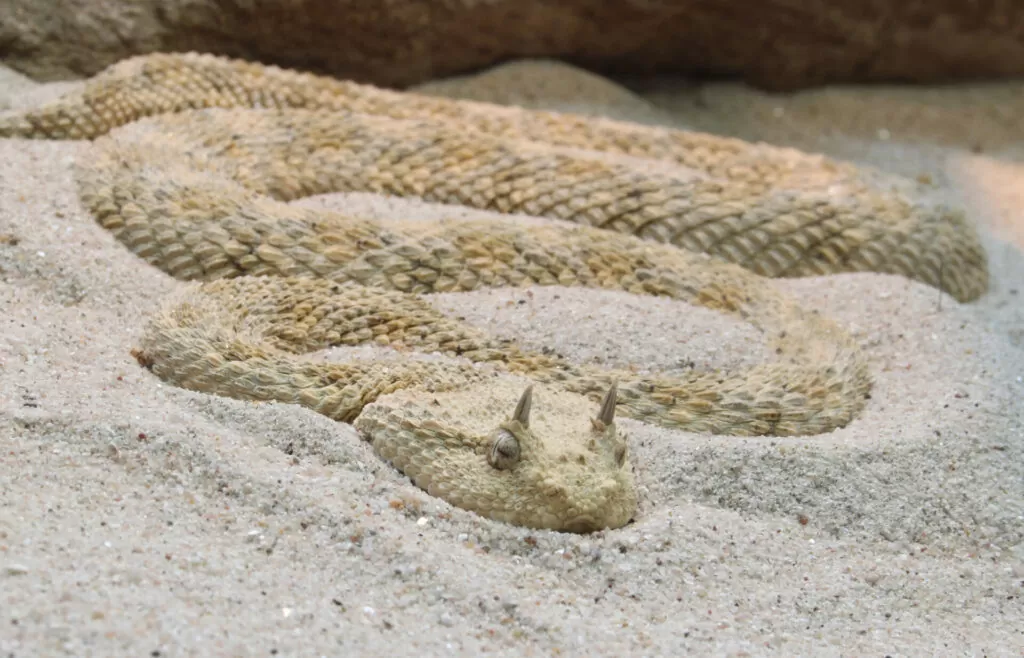
The horned viper is found on the Balkans in Europe and in the Middle East. Its name comes from a horn, which the snake has above its mouth. It is a relatively small snake, with a length of about 85 cm (33.5 in). It is the most dangerous European snake due to its long fangs (up to 13 mm.) and its highly toxic venom. Humans react quickly to the venom, which, if left untreated, will have a fatal outcome.
8. Eastern Brown Snake (Pseudonaja textilis)—heart-stopper
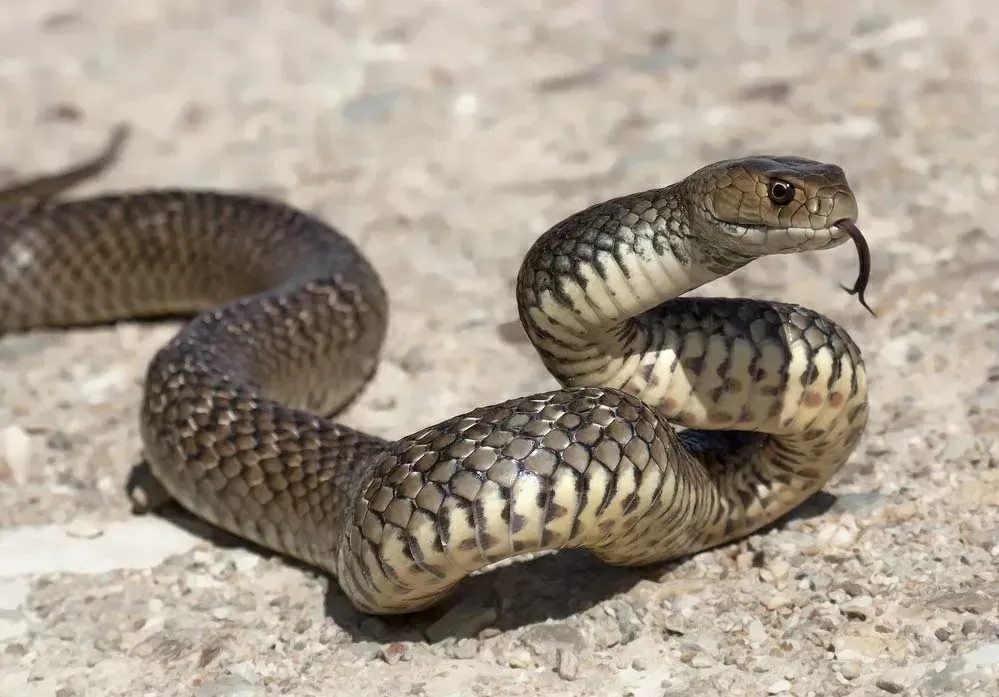
This snake may be found in eastern and central Australia. It is considered the second most venomous snake in the world, following the Inland Taipan. Its venom causes severe hemorrhage, leading to cardiac arrest. The Eastern Brown Snake It is responsible for the most deaths from snakebites in Australia.
7. Tiger Snake (Notechis scutatus)—the suffocation killer
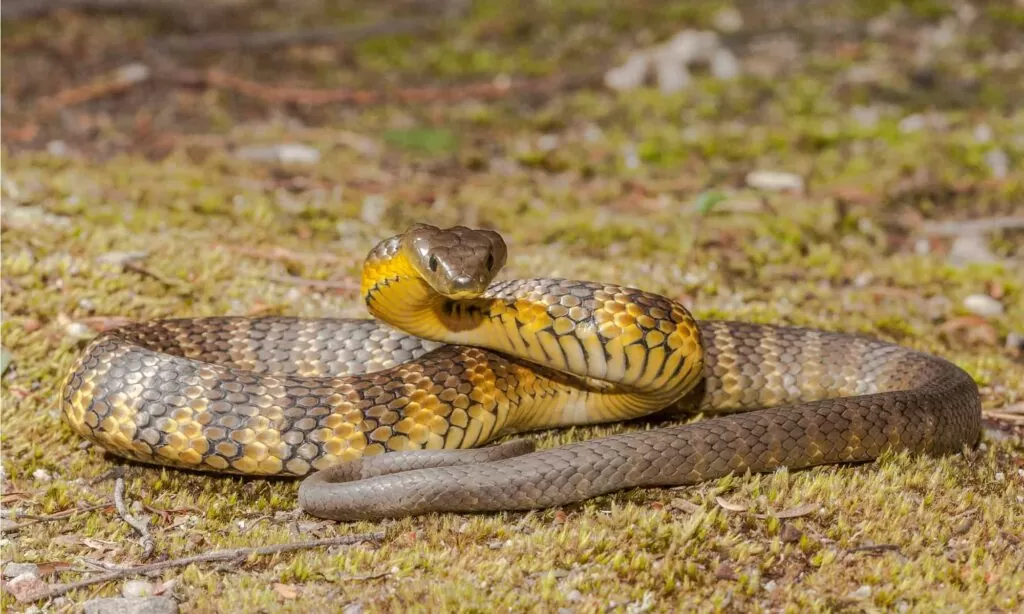
The tiger snake is native to Australia. It is a relatively large snake, reaching 1.2 meters (3 feet, 11 inches). It is a dangerous snake, as its potent venom leads to pain, swelling, breathing difficulties, and suffocation, which occur rapidly in succession following its bite.
6. Boomslang (Dispholidus typus)—the slow killer
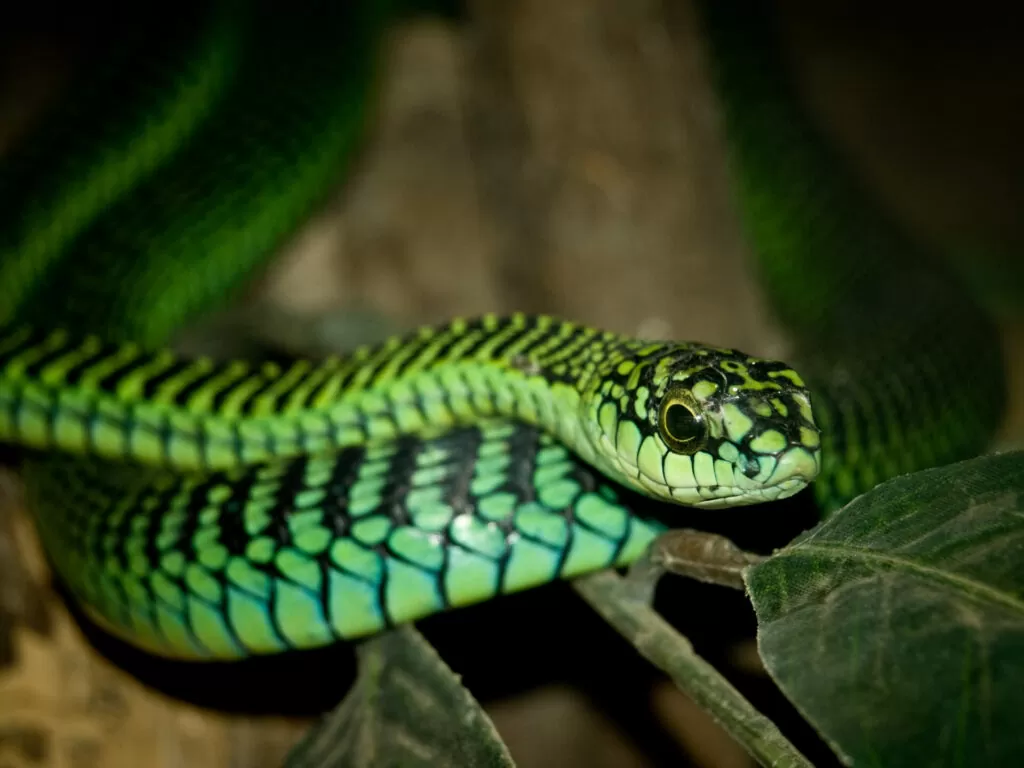
The boomslang are extremely dangerous snakes found in sub-Saharan Africa. Its name is translated as “Tree Snake,” which is only logical as it is greenish-to-brown in color and is normally found living in trees and bushes. The Boolslang is a mid-sized snake, normally reaching 1–1.5 meters (3.3–5.2 feet) in length.
The Boomslang feeds on frogs, lizards, birds, small mammals, and eggs, which it swallows whole. Sometimes it is recorded to cannibalize its own species. The venom of Boomslang is highly toxic. It is delivered through two fangs at the back of its mouth.
The venom is known to cause clogging of the blood and hemorrhaging in the brain and tissues. The poison is slow-acting. This means that a victim will have more time to receive medical treatment. However, the lack of immediate symptoms and failure to seek help are usually fatal.
5. Saw-scaled viper (Echis) – the tiny killer
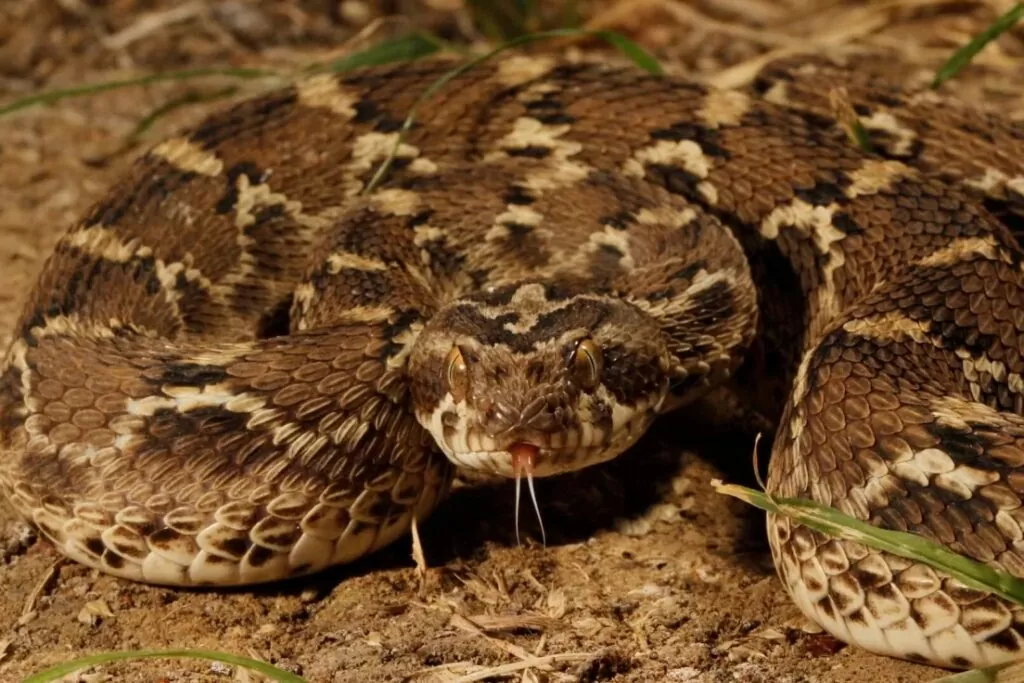
This relatively small snake is found in the dry areas of Africa, the Middle East, India, and Pakistan. When feeling endangered the saw-scaled viper rubs sections of his body to produce a characteristic “sizzling” sound. When heard, people should be aware. The viper’s venom includes four different types of toxins. Without medical treatment, these inevitably lead to excruciating death.
4. Indian Cobra (Naja Naja)—the beautiful killer
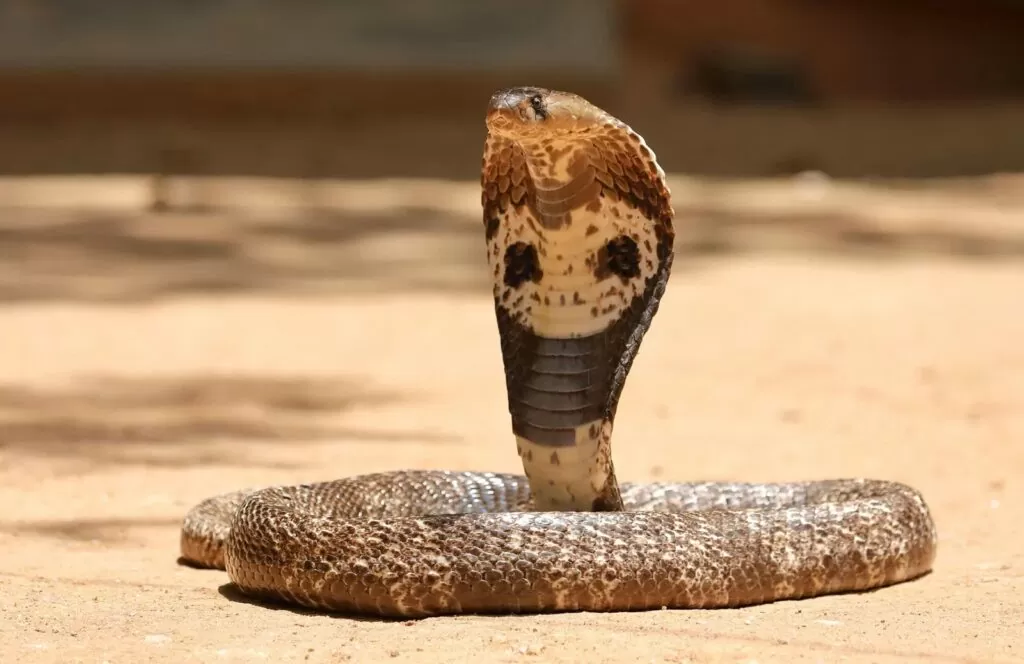
The Indian Cobra, as the name suggests, is native to the Indian subcontinent. It is a moderately sized snake, which is easily distinguished by its impressive hood, which is expanded when the snake feels threatened. Sometimes the hood bears a mark in the form of spectacles. Its normal size is about 1 to 1.5 meters (3.3 to 4.9 feet) in length. The color of the snake varies greatly, from gray through yellow to brown and black. These dangerous snakes have been protected by the Indian Wildlife Protection Act since 1972.
3. Black Mamba (Dendroaspis polylepis)—the black death
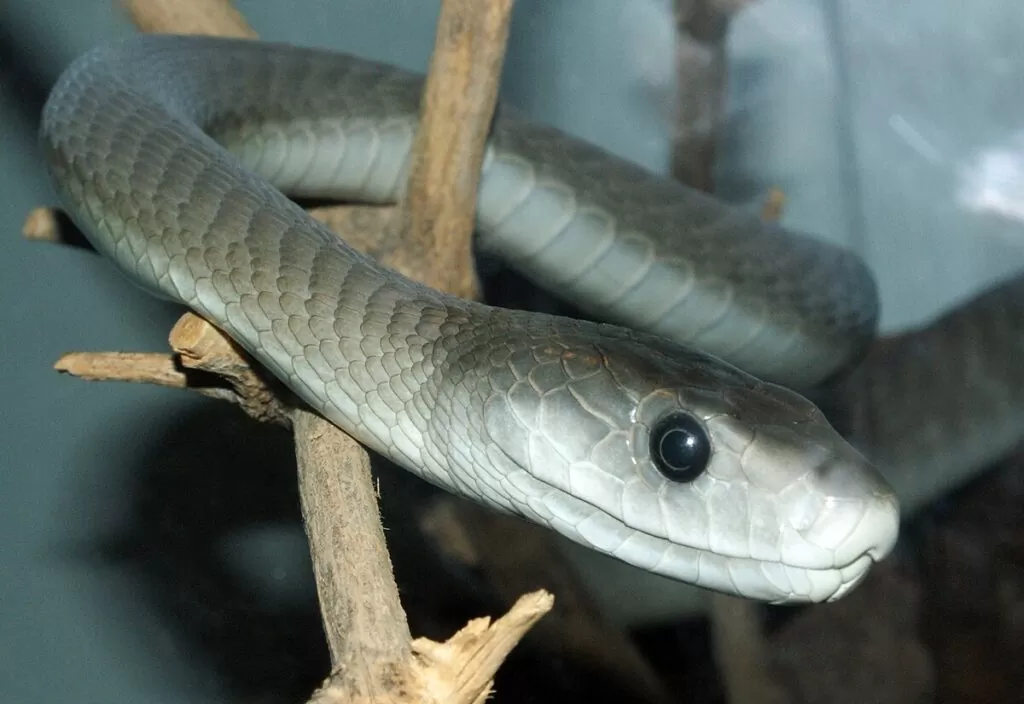
The Black Mamba is native to Sub-Saharan Africa, inhabiting the savannah, woodlands, and forests of the area. It is the second-longest (following the King Cobra) venomous snake in the world, as its length normally exceeds 2 meters (6 feet 7 inches). The color of the snake is grey to brown, not black.
What is black is the inside of its mouth, which is on display when the Black Mamba feels in danger. The Black Mamba can strike at great distances several times in a row. The injected venom is deadly to humans within minutes if anti-venom is not administered quickly.
2. Anaconda (Eunectes murinus) is a giant killer
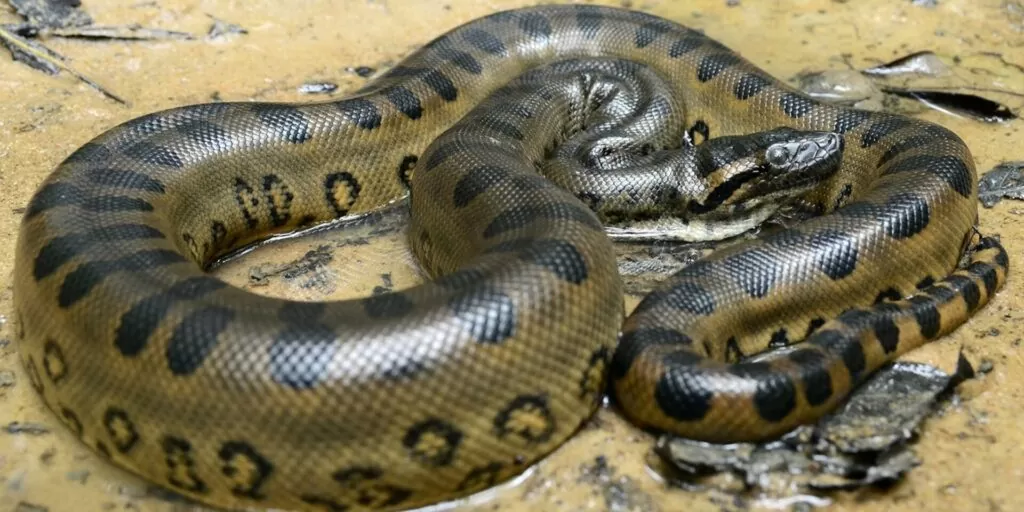
As strange as it may sound, the runner-up in our “most dangerous snakes ranking” is not even poisonous. However, as its Latin name suggests, this is the giant, green (or emerald) Anaconda. Also sometimes called “the Boa,” it lives in South America in the Amazon basin and in Caribbean Guiana and Trinidad. This is by far the biggest snake in the world (only to be rarely competed with by the Python).
The average size of the Green Anaconda is 6 meters (20 feet), and the standard diameter of its body is 30 centimeters (12 inches). These being the average sizes, anacondas are known to reach up to 10 meters (33 feet) in length, with the record being 11.4 meters. On average, the Anaconda weighs about 149 kilograms (330 lbs.). Larger specimens may reach up to 210 kilograms and higher.
The name Anaconda derives from the Tamil word for “elephant killer,” also not far from what the Spanish sometimes called the snake, “bull killer”. The snake is highly muscular and strong. Normally, anacondas will feed on small game and fish. However, larger specimens can also feast on rabbits, deer, caimans, and large birds. Sometimes they are known to cannibalize themselves, especially the larger females gobbling up their male partners, especially during the mating season. The Anaconda is the only stake that can eat a whole human, although this happens rarely.
1. Inland and Coastal Taipan (Oxyuranus microlepidotus)—the fastest killer
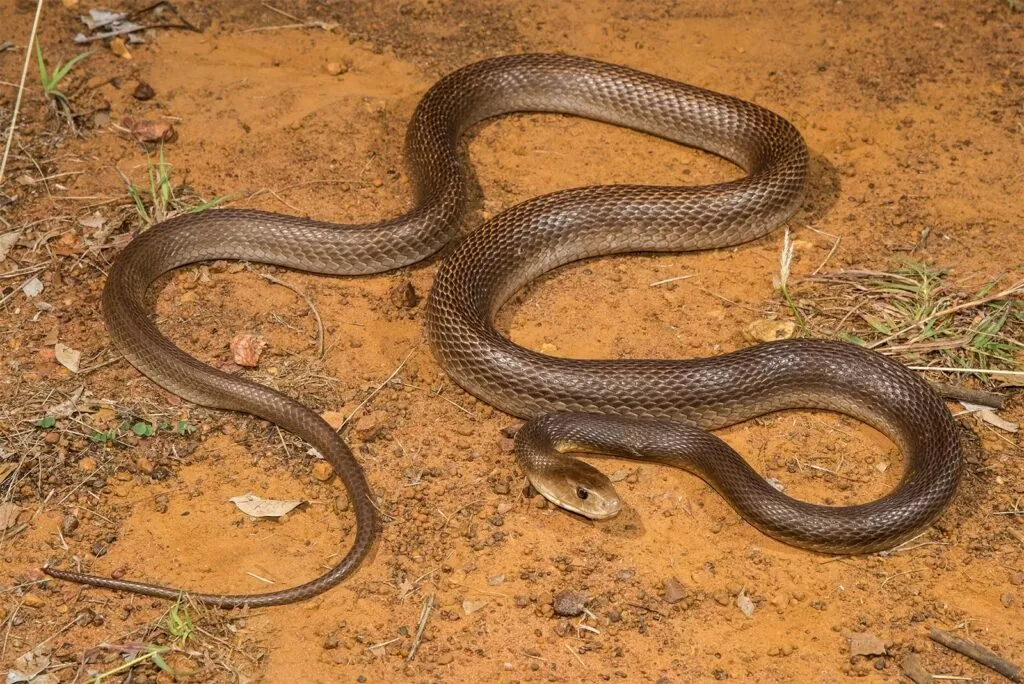
The Inland Taipan is coined the snake with the most deadly venom on the planet. The main reason for this is the fact that the main items on its menu are small mammals. Hence, its venom is especially deadly to all warm-blooded species, including humans. The human mortality rate is 80% if left untreated.
The Inland Taipan is an exceptionally agile snake with a very precise strike. It will strike several times during an attack. It is yellowish-brown in color, with the head being several shades darker than the body. The standard size is about 2 meters (6 feet 7 inches) in length.
These dangerous snakes are native to the semi-arid lands of Australia and is also found in New Guinea. Although possessing the most deadly venom, the Inland Taipan is a fairly placid snake that prefers to evade attack when possible. In this respect, its cousin, the Coastal Taipan, compensates; while its venom is slightly less toxic, it is specifically aggressive toward humans.
Don’t forget to read more articles here.
Economist, former CEO of a financial services company, current sustainability director of a large EU IT company, nature lover, gardener, traveler

